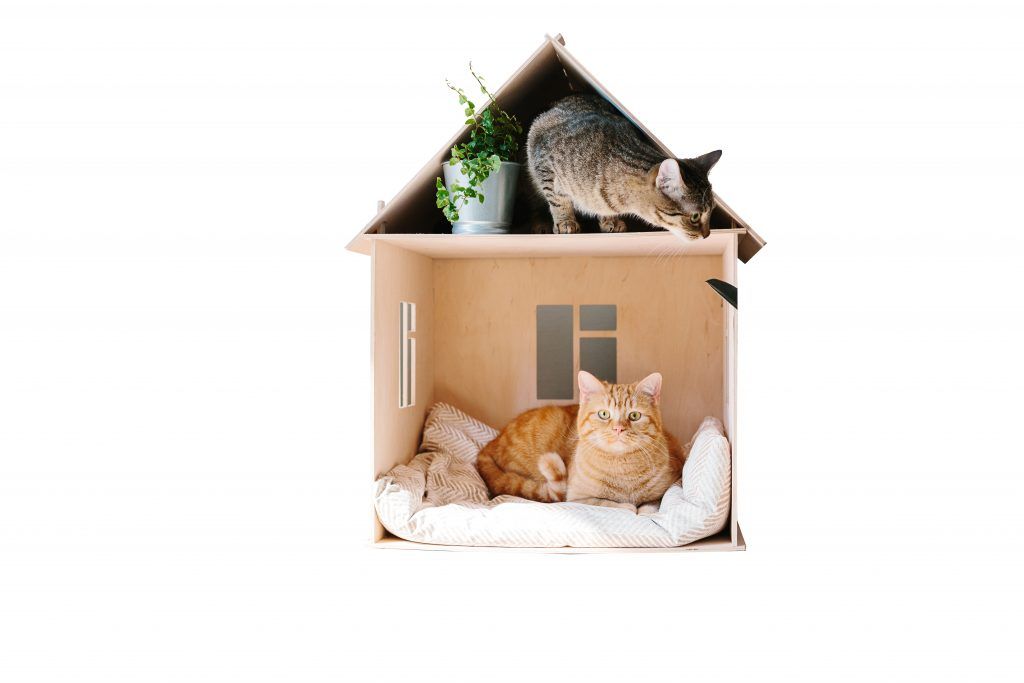Problem Solving: Housing

In Tasmania, a tenant can only have a pet at the property if the owner has agreed, if it is in the lease, and the renter has to repair any damage inflicted by the pet at the end of the tenancy.
Fumigation will be included as a term in the lease.
Pet bonds are not permitted.
Tips on renting with cats:
- Ask for pet-friendly rentals via real estate agents, online classified sites, social media, and word of mouth. Private rentals offer a chance to negotiate directly with landlords.
Many properties may not specifically list ‘pets allowed’ so inquire if pets will be considered. - Be honest with your prospective landlord that you own a cat.
- Supply a pet resume and/or a pet reference from previous landlords, veterinarian, and a friend who knows your cat well.
- Negotiate your terms with your property manager/owner and get the agreed terms in writing.
- Draw up a separate pet agreement outlining terms and your responsibilities to remove all trace of the cat’s presence when you leave e.g. deep cleaning carpets, fumigating, fixing damage caused by your pet.
Make sure to include in your pet resume:
- A photo of your cat.
- Age, gender (desexed or not), microchip number.
- Behaviour and how long you have owned the cat.
- Veterinary records, vaccinations, flea and worming treatments in table and attach receipts.
- Where the cat will spend their time – indoor, in a containment area, outside, walks on a harness. Many cat containment systems are easy to move from one property to another.
- How often you trim their claws, what you provide for them to scratch and play with.
- Litter tray hygiene for your cat and yourself, (how many trays and how often you clean them).
- How you will keep the rental property clean.
If, after following the recommendations above, you are unable to find accommodation allowing you to keep your cat Click Here for information on Surrendering Your Cat to Ten Lives.
